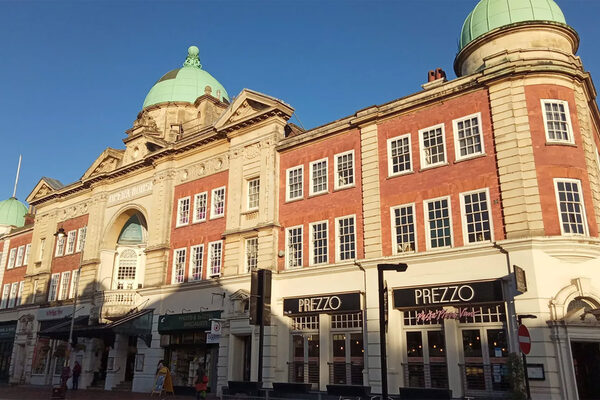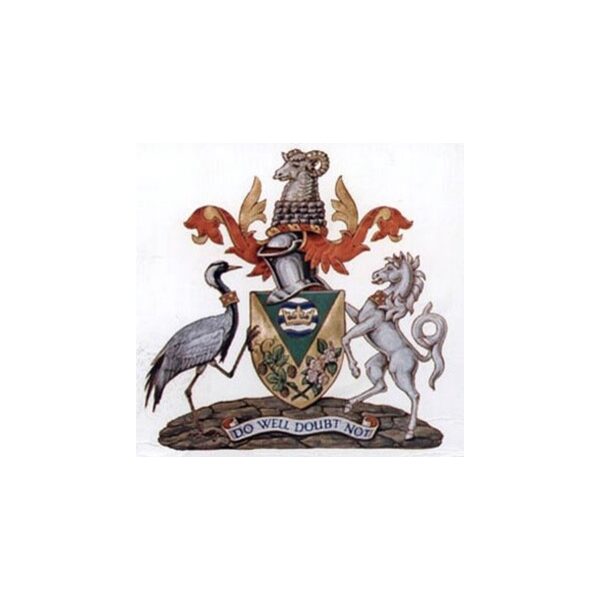Tunbridge Wells (England)
Long-standing friendly contacts on many levels led to the town twinning between Wiesbaden and Tunbridge Wells in England in 1989.
Worth knowing
Relations and exchanges between the two towns have been very lively right from the start. This has intensified in recent years - not least thanks to the twinning associations active in Tunbridge Wells and Wiesbaden, which carry out numerous activities and organize exchange trips.
Around 45,000 people live in Royal Tunbridge Wells, the center of the Borough of Tunbridge Wells. Tunbridge Wells, which has officially been able to call itself Royal Tunbridge Wells since 1909, is located in the far west of the county of Kent, close to the border with Sussex. The twin town of Wiesbaden is the administrative seat of the Borough of Tunbridge Wells, which is just under 60 kilometers from the English metropolis of London and is a very popular place to live for commuters.
The immediate surroundings of Tunbridge Wells are characterized by imposing manor houses, castles and gardens. There are even vineyards and orchards here.
The elegant spa town of "Royal Tunbridge Wells" is the ideal starting point for excursions into the county of Kent, which is also known and loved as the "Garden of England". Music, theater, dance and comedy as well as numerous festivals characterize the calendar of events in Royal Tunbridge Wells and the Borough of Tunbridge Wells, where gardens are naturally also very popular and with them the diversity of floral art and landscape architecture. (opens in a new tab)
Further information
The coat of arms of Tunbridge Wells
The Borough's current coat of arms dates back to the reorganization of local government in 1974. The features of the coat of arms are inspired by all four of the former local authorities that form - in whole or in part - the current geographical area of the Borough.
The main features of the coat of arms are a geological fault, from which our local springs originate; a well; a ram's head, taken from the Southborough coat of arms; the crane, used by Cranbrook Rural District and a silver horse, a reference to the rural areas of Tonbridge. Within the shield is a Saxon crown, marking the 1909 renewal of the royal title, and a hop vine and apple blossom, symbolizing the rural areas of the district.
The motto "Do well, doubt not" comes from the coat of arms of the old borough of Tunbridge Wells.

